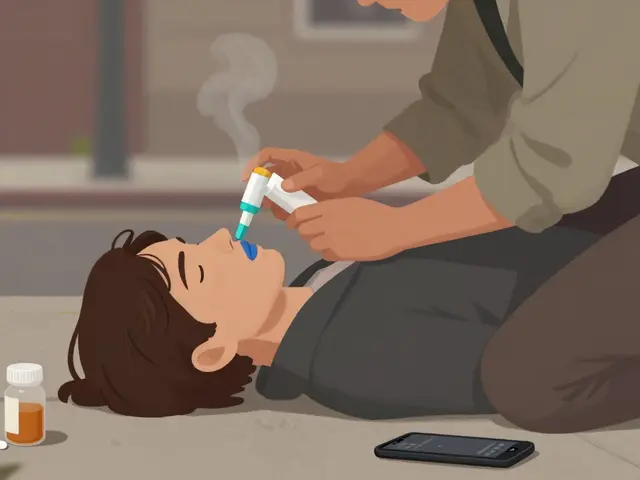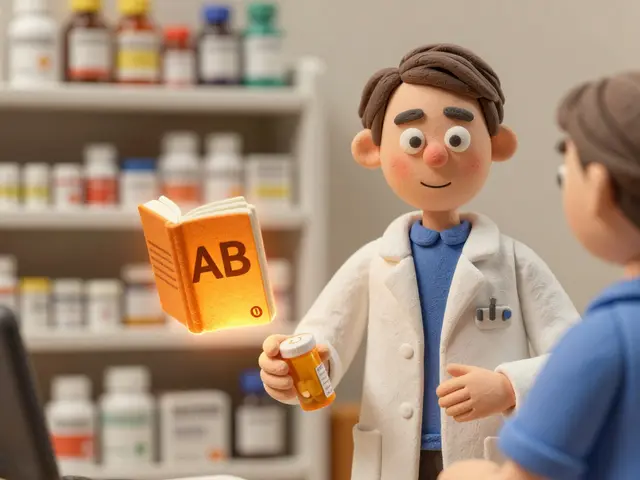Before you rush to get that ink, there's some crucial information about skin conditions and tattoos you need to be aware of. Some skin conditions like eczema, psoriasis, and allergies can react negatively to tattoos, making the healing process more challenging. Also, tattooing can trigger a flare-up of existing skin conditions. It's advisable to have a chat with a dermatologist before getting a tattoo if you have a skin condition. Lastly, remember that proper aftercare is essential to prevent infections and ensure your tattoo heals correctly.
Tattoos: practical safety and aftercare tips
Getting inked is exciting, but a few smart steps before and after the appointment make the difference between a great tattoo and avoidable problems. Below are clear, useful tips you can use today — from choosing a clean shop to spotting infection signs and knowing removal options.
Choosing an artist and preparing
Look for a licensed studio with visible cleanliness: single-use needles, sealed ink cups, and staff who wash hands and wear gloves. Ask to see the artist’s portfolio and recent healed work — fresh linework and healed photos tell different stories. If you take blood thinners, are on isotretinoin, or have an autoimmune condition, talk to your doctor first. Many dermatologists recommend waiting 6–12 months after isotretinoin before getting a tattoo because of higher scarring risk. Do a small patch test if you’ve had reactions to dyes or metals.
Plan practical things: eat a meal, stay hydrated, and avoid alcohol or heavy exercise right before your session. Wear clothing that gives the artist access to the area and that you don’t mind getting a bit of ink on.
Aftercare that actually works
Follow your artist’s specific instructions, but here’s a reliable routine most pros recommend: keep the initial bandage on for 2–4 hours, then gently wash the area with lukewarm water and a mild, fragrance-free soap. Pat dry with a clean towel. Apply a thin layer of a recommended fragrance-free moisturizer or the ointment your artist suggests — don’t overdo it; too much ointment traps bacteria.
Wash the tattoo twice daily, use moisturizer when it feels dry, and avoid soaking in baths, pools, or hot tubs for at least two weeks. Direct sun can fade fresh ink, so keep it covered or use strong sunscreen once the skin is healed (usually after 2–4 weeks). Expect peeling and mild itchiness during the first 1–2 weeks; resist picking or peeling scabs — that’s how scars form.
Watch for warning signs: spreading redness, increasing pain, yellow or green pus, swollen lymph nodes, or fever. If you see these, get medical attention. A doctor may prescribe oral antibiotics if there’s a true infection. Don’t self-prescribe or use leftover antibiotics without professional advice.
Thinking about removal later? Laser removal is the most effective for most inks but requires multiple sessions and can be costly. Surgical removal or excision works for small tattoos. Over-the-counter creams rarely give good results and can irritate skin. Talk to a dermatologist to pick the best option for your tattoo size, colors, and skin type.
Good tattoos start with good choices: pick a clean, skilled artist, take simple aftercare steps, and ask for help if something looks off. That’s all it takes to keep your ink looking sharp and your skin healthy.






